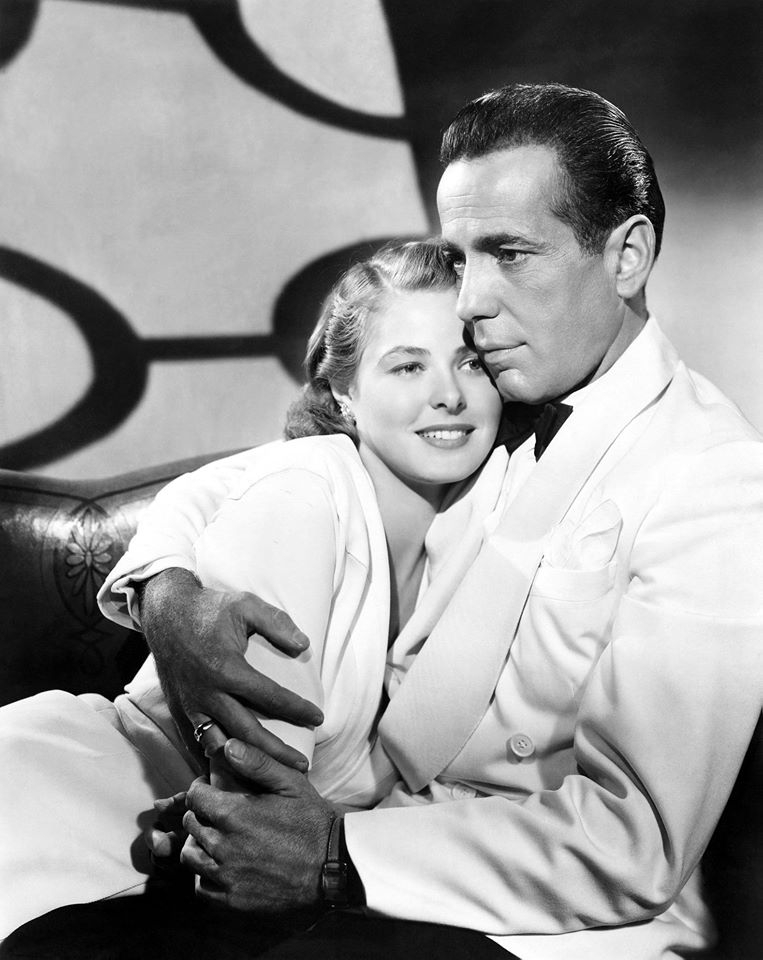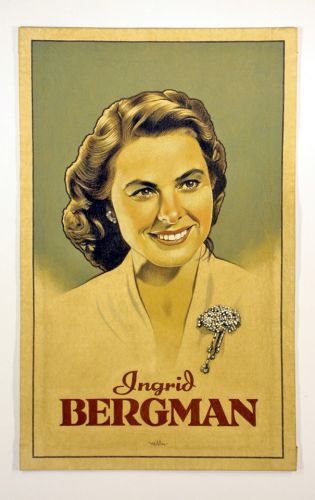Ingrid Bergman and Humphrey Bogart
A photo of Ingrid Bergman and Humphrey Bogart
Date & Place:
Not specified or unknown.


 Amanda S. Stevenson
Amanda S. Stevenson 



